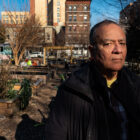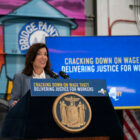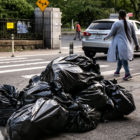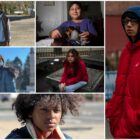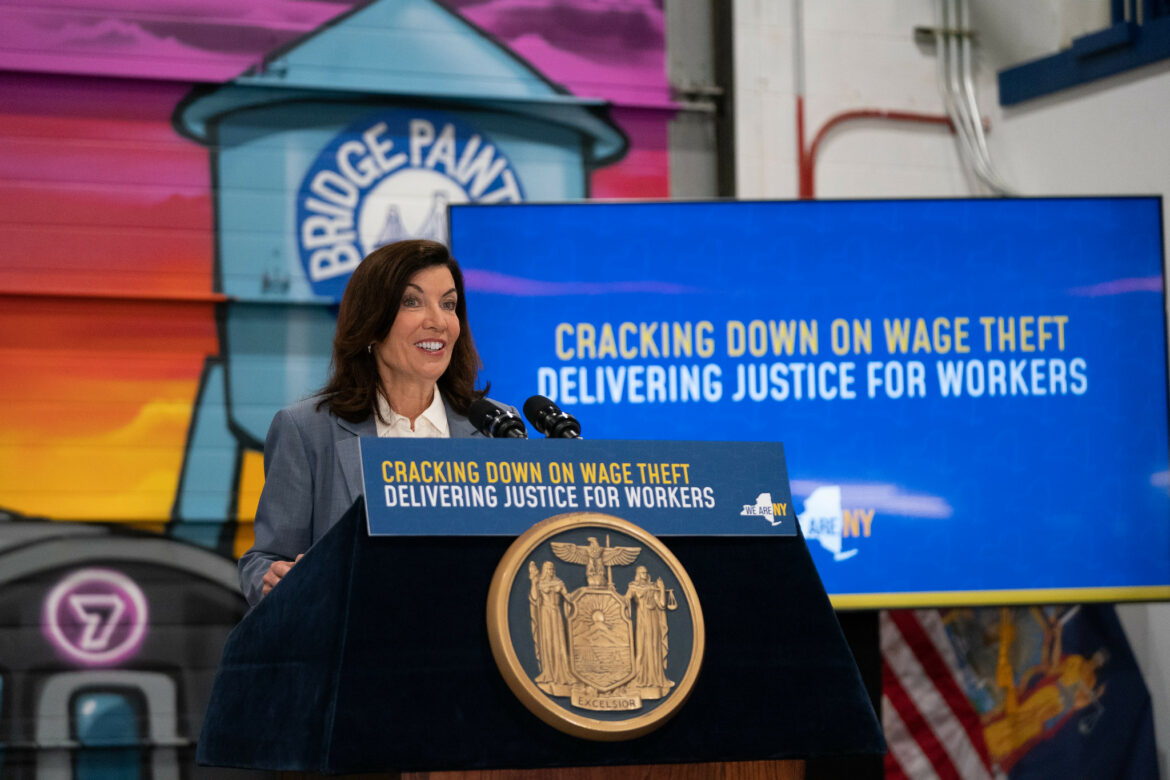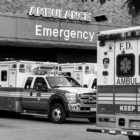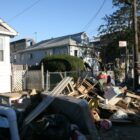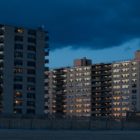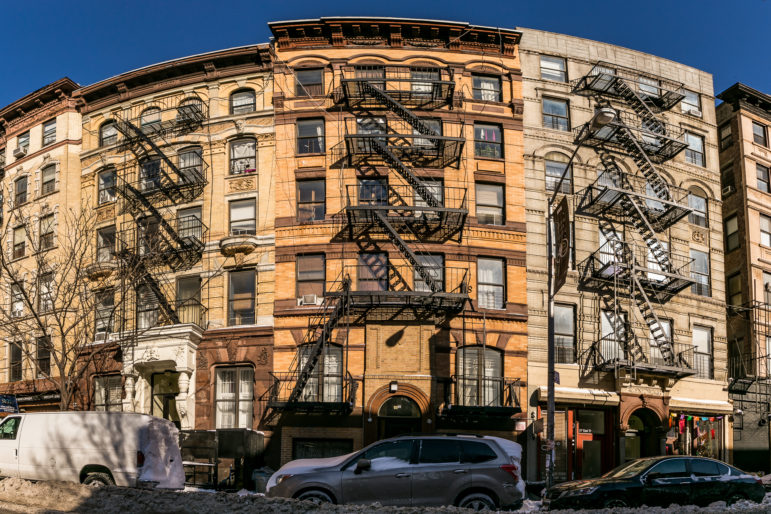Bronx
Buried Beneath: The Fight to Clean Up Toxic Brownfields in The Bronx
CUNY Lehman Journalism Team |
During the Fall 2022 semester, Lehman College journalism students conducted an investigation on the prevalence of toxic brownfield sites in The Bronx. Using public information, research into federal lobbying records and interviews with experts and residents, the student journalists set out to understand how this contamination happened and why progress towards remediation was so slow.


